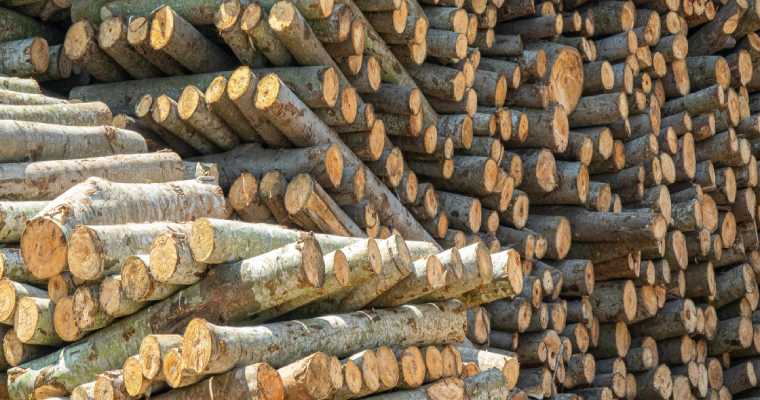At Centersource Technologies AB we are committed to the highest standards of ethical research and data integrity, guided by the ESOMAR Code of Conduct. Our data is sourced from a limited, anonymous market survey conducted with trusted and established industry participants. The insights derived from this survey reflect aggregated finalized prices as well as observed prices reported within the participants respective markets, with a focus on the highest prices recorded during the first two weeks of each month. These insights are provided for informational purposes only and are intended to indicate market trends rather than serve as comprehensive or fully representative market data.
In adherence to ESOMAR's principles, we ensure that all data collection and analysis are conducted with transparency, respect for confidentiality, and strict compliance with ethical guidelines:
- Data Sourcing and Methodology:
We exclusively use data from government, customs, or government-affiliated websites to maintain reliability and public integrity. In addition, we engage directly with industry experts to gather real-time, firsthand information. Each data point is collected, verified, and aggregated following established ethical standards, ensuring that our research processes meet the rigor recommended by ESOMAR. - Transparency and Accuracy:
All data are published promptly as they become available from the source, ensuring that our insights remain current and reflective of on-ground market dynamics. We actively seek and incorporate regular feedback from industry experts, which allows us to make real-time adjustments and continuously improve the accuracy and reliability of our data. - Ethical Data Usage and Third-Party Material:
Our adherence to the ESOMAR Code of Conduct underscores our commitment to ethical research practices. We maintain strict controls over data sharing and usage; copying or distributing our data is prohibited under our company policy. Furthermore, all necessary agreements are in place for any third-party material used, ensuring full compliance with copyright laws and industry best practices. - Limitation of Liability:
While we strive to provide high-quality, timely market insights, the data is derived from a limited sample and should be interpreted within that context. We are not liable for any damages arising from the use of this data, as it is provided solely for informational purposes and as a directional indicator of market trends.
By integrating ESOMAR's ethical guidelines into our research methodology, we ensure that our practices are transparent, respectful of data confidentiality, and aligned with internationally recognized standards. This commitment not only reinforces the credibility of our insights but also builds trust with our stakeholders and industry partners.

New Zealand timber industry in turmoil as heavy dependence on China backfires
Posted on May 20, 2025 |
A crash in China’s construction industry is significantly affecting New Zealand’s timber trade.
China was the largest importer of New Zealand logs, accounting for 92% of exports in the year ending June last year.
Most New Zealand timber exported to China is used for concrete casting (boxing) and is involved in about 60% of China’s multi-story building projects.
Since 2019, New Zealand log prices have sometimes dropped below $100 per cubic meter, down from an average of $132.
Lower prices have made harvesting uneconomical for many small forest owners, leading to closures due to low domestic demand.
Property investment in China fell 10.2% during the first seven months of 2024.
Although October data showed a slight improvement in housing sentiment, real estate investment and new builds dropped at their fastest year-on-year pace.
The decline in China’s property sector has weakened related industries like construction and furniture-making, which import New Zealand logs and wood products.
This has reduced demand and lowered global prices for New Zealand logs.
China’s total log imports dropped 36% from 2021 to 2023, falling from NZ$16.4 billion to NZ$10.3 billion.
While China isn’t a large market for New Zealand-sawn timber, the industry is concerned about potential US tariffs.
The New Zealand Timber Industry Federation CEO said US tariffs on New Zealand-sawn timber exports are expected later this year.
Exports of sawn timber to China increased from 210,000 to 250,000 cubic meters for the year ending December, with prices around $331 per cubic meter.